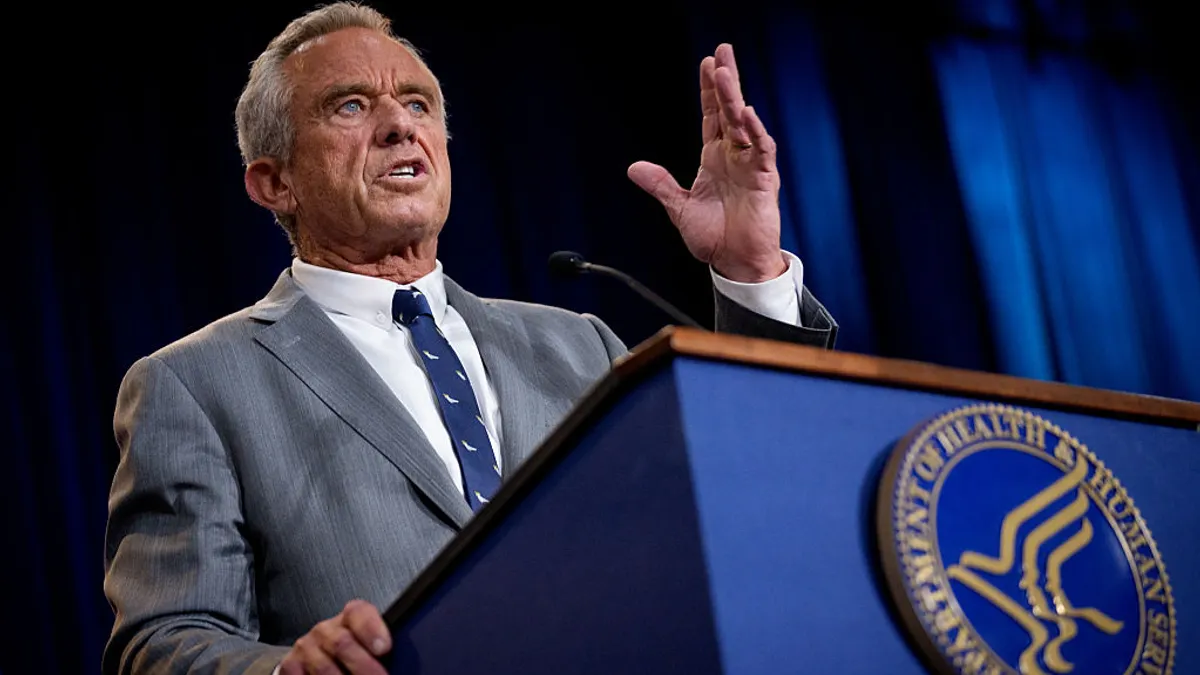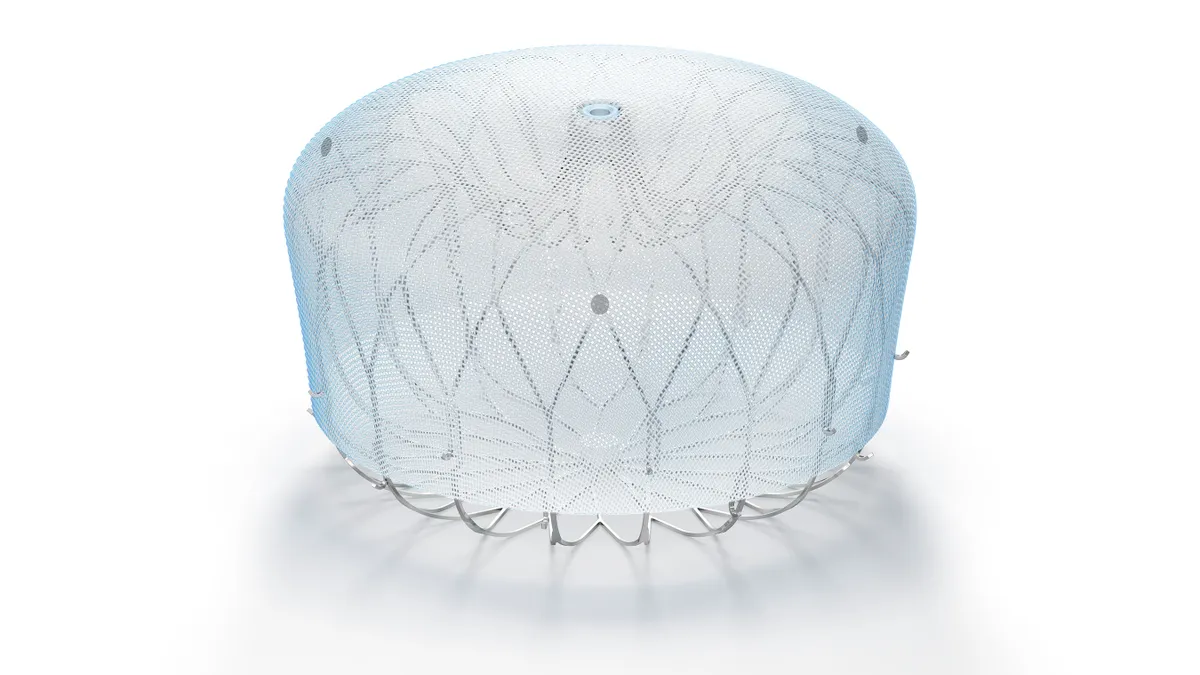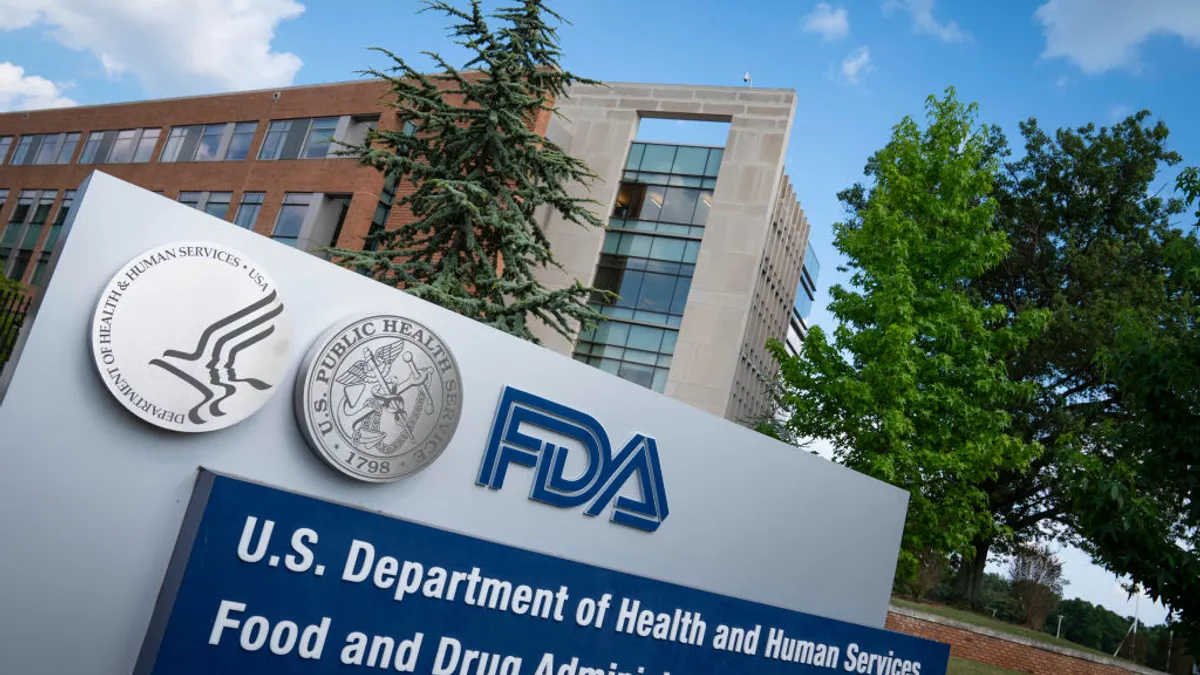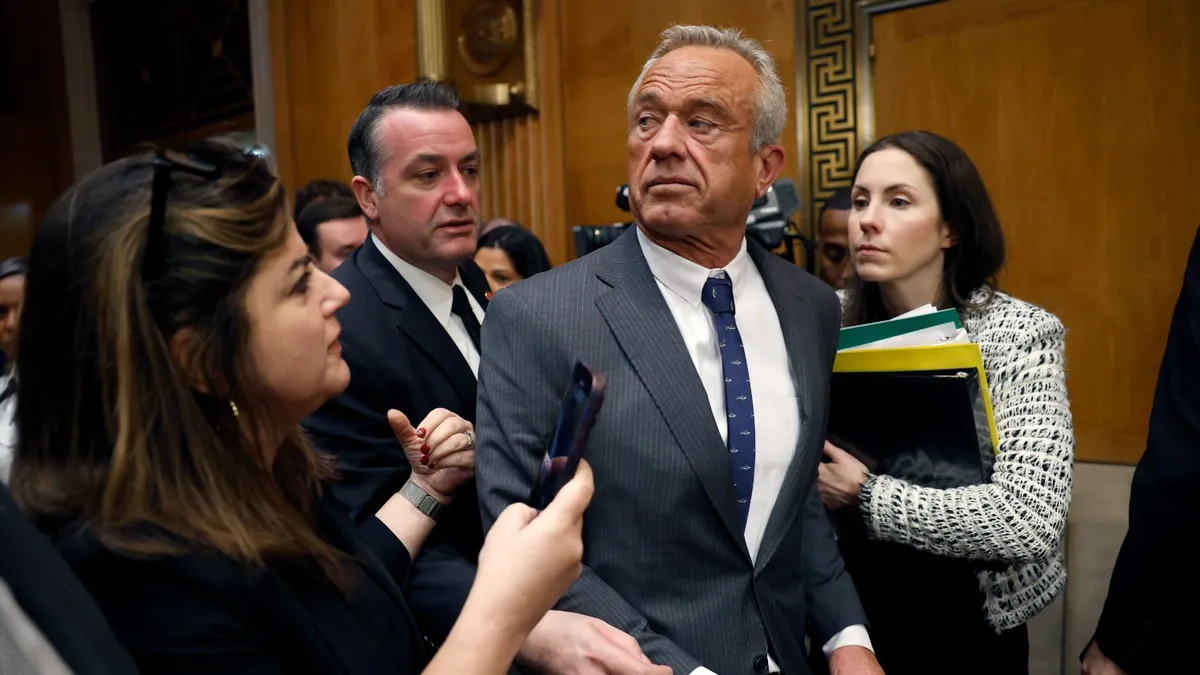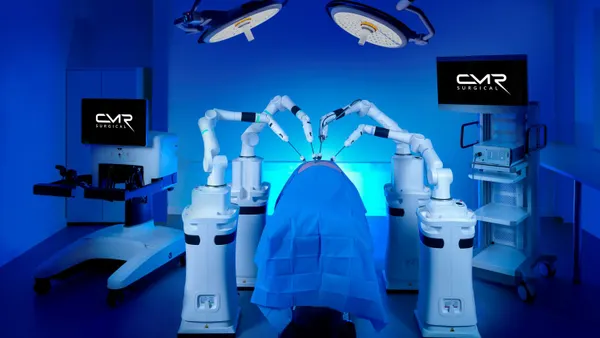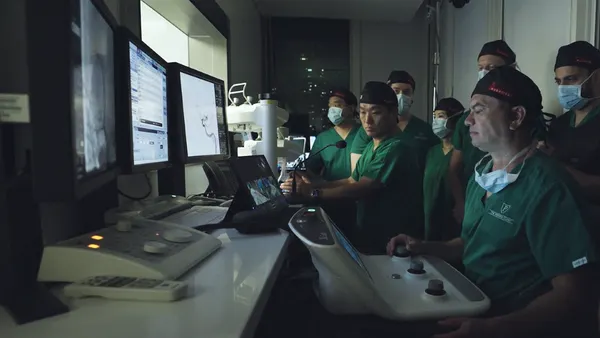Mass staff cuts at the Food and Drug Administration could affect public notices about medical device recalls and other product safety issues, experts told MedTech Dive.
Many communications staff in the FDA’s Center for Devices and Radiological Health were cut in early April after the Department of Health and Human Services unveiled a plan to lay off about 10,000 employees.
Some employees affected by the layoffs were responsible for writing public notices on safety issues and certain high-risk medical device recalls. The communications staff would work with the Office of Product Evaluation and Quality and other experts to draft notices and keep information in plain language, said a former CDRH employee. All CDRH sources in the story were granted anonymity for fear of retaliation.
The communications workers also wrote early alerts for a pilot program implemented in November under CDRH Director Michelle Tarver that allowed the agency to inform the public faster about recalls deemed likely to be high risk. They drafted other safety alerts, and were responsible for internal messaging and communications around guidances and initiatives of public interest, the former CDRH employee said.
“There is ‘nobody’ to work on the communications side of issues with medical devices,” the former CDRH staffer said.
Another former CDRH worker knew of one communications official who still reports to Tarver, but believed the other communications staff in the device center were let go.
An HHS official wrote in an email that critical programs within the FDA will continue and the layoffs were related to administrative staff positions. The agency did not confirm how many staff were cut from the CDRH, and if there were communications staff remaining at the agency working on recalls.
HHS Secretary Robert F. Kennedy Jr., in late March, said the department would cut 10,000 people, including about 3,500 full-time FDA workers. Staff began receiving layoff notices on April 1. The Office of Communication, Information Disclosure, Training and Education was among the groups affected at the CDRH.
The FDA has continued to update its recall database, which provides short, technical descriptions of recalls, but has posted fewer recall notices and early alerts, which provide more detailed information, since the March staff cuts. The agency has also continued to send enforcement reports, which show technical information on the latest recall database entries.
In April, the CDRH posted two early alerts and one recall notice. By comparison, between 2023 and March 2025, the agency posted about seven recall notices per month on average, according to MedTech Dive’s analysis of federal data. Last year, there were more notices posted every month, but some months in early 2023 had as few as three notices. The former CDRH worker said the agency had ramped up health safety communications in 2024, and was writing more notices than in previous years.
Another former CDRH staffer told MedTech Dive recall notices were typically more frequent, “and now there are almost none.”
Recall notices fell in April 2025
The two former CDRH workers said the latest notices are written differently from previous ones, with mistakes or less plain language. For example, an April 25 email detailing risks of overestimating blood lead levels with certain collection tubes was labeled a recall, when the affected devices had not yet been recalled. The notice was listed on the FDA’s website as a product safety alert.
The communications staff would write “clear and concise communications so whoever it is, healthcare providers, patients or your grandmother,” could understand it, one of the former CDRH workers said.
Neither source from CDRH knew who was writing the latest recall notices and early alerts.
Experts outside of the FDA also worry that the layoffs could result in slower communication.
“I worry critical information could be delayed in being communicated to patients and other stakeholders,” Philip Desjardins, a partner at Arnold & Porter, wrote in an email. “In practice, I expect that much of the priority communications will fall to the review teams, further stressing those resources which could delay other priorities like submissions and post market reviews.”
They also raised concerns about the lack of public meetings by the CDRH. There have been no meetings since January, while the device center held meetings every month in 2024. The CDRH also has not posted any public statements since the start of the Trump administration.
Public meetings are important because the CDRH has used them in recent years to collect information on communications and recalls, said Madris Kinard, a former FDA analyst and CEO of Device Events, a software firm that tracks medical device adverse events. The meetings have resulted in improvements, Kinard said, such as a recall on textured breast implants, or clarifying that a Philips recall was for continuous positive airway pressure machines when it wasn’t clear in the company’s notice.
Maria Gmitro, president and founder of the Breast Implant Safety Alliance, said the FDA plays a critical role in informing the public about device risks.
“We know that transitions take time, but the current communication slowdown is putting patient safety at risk,” Gmitro said. “We’d like to see them restore some transparency and engagement as soon as possible.”


